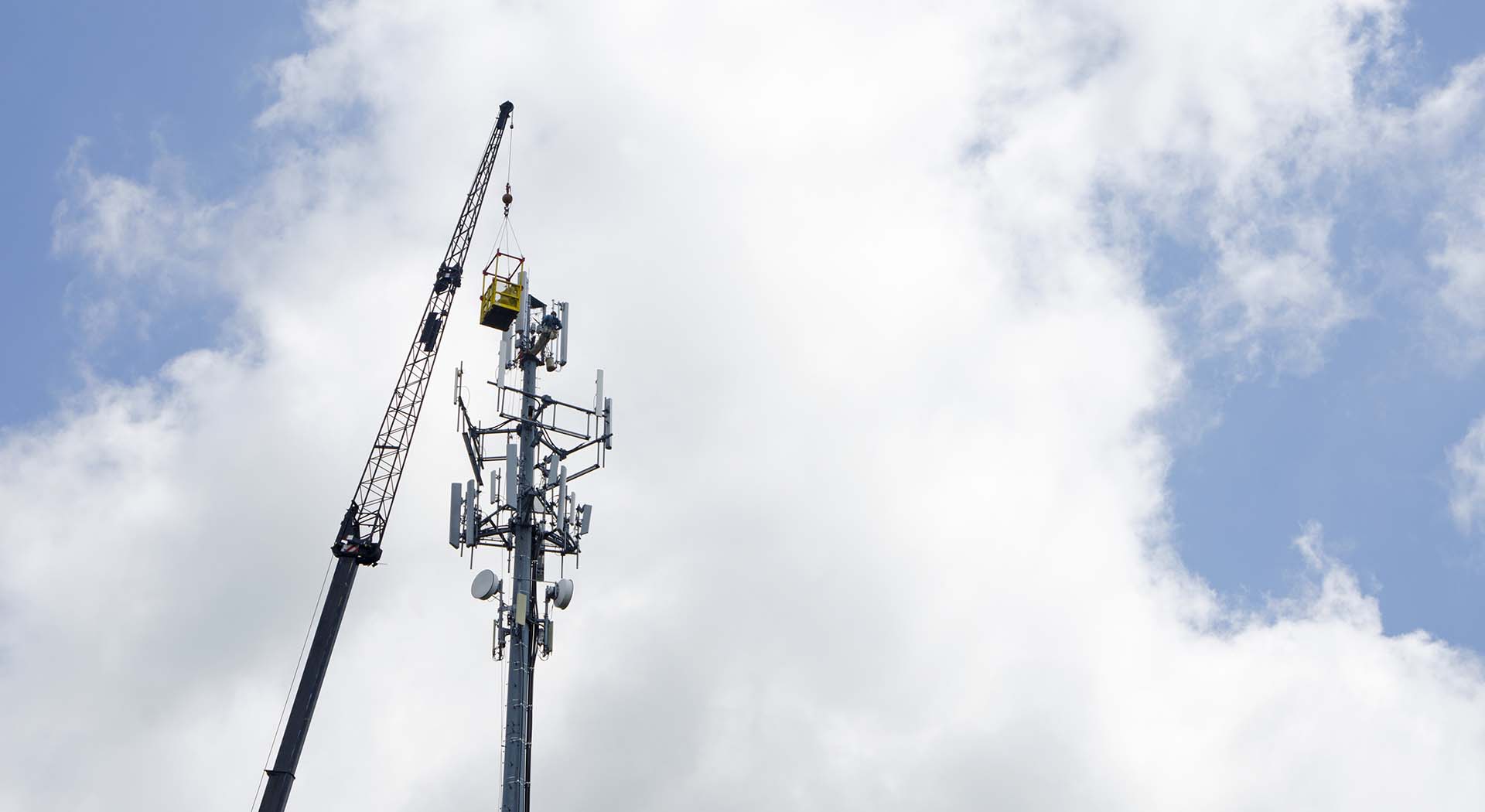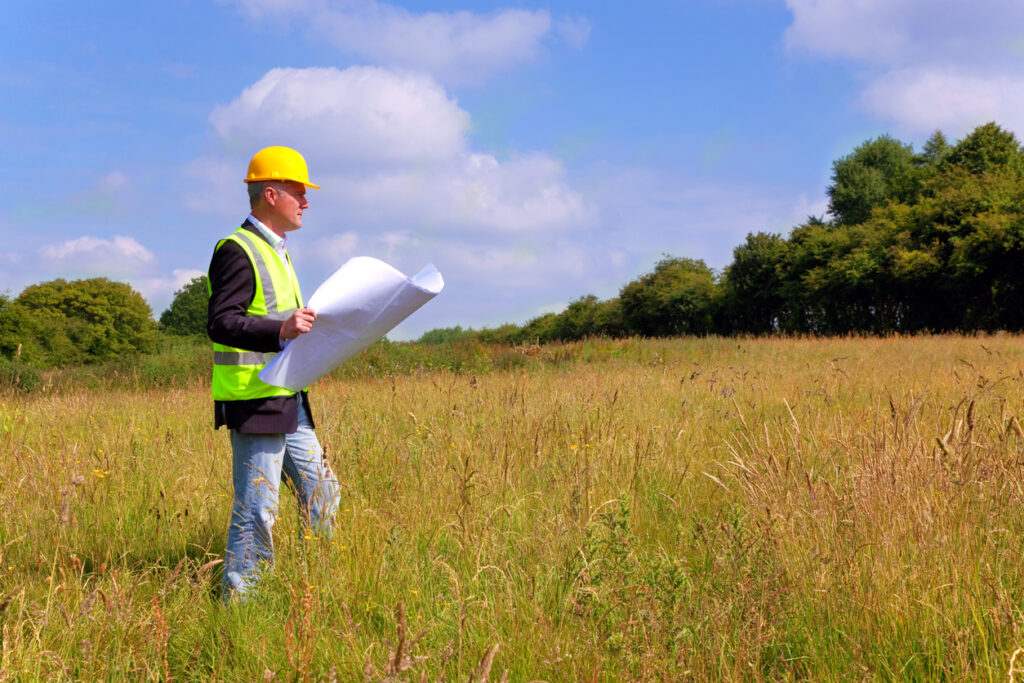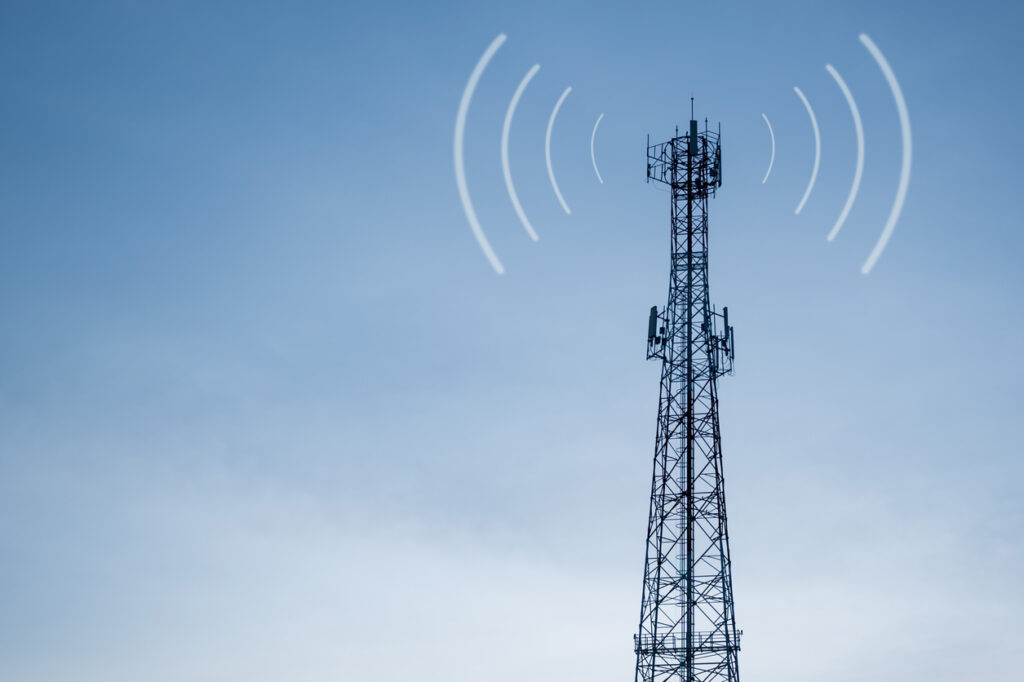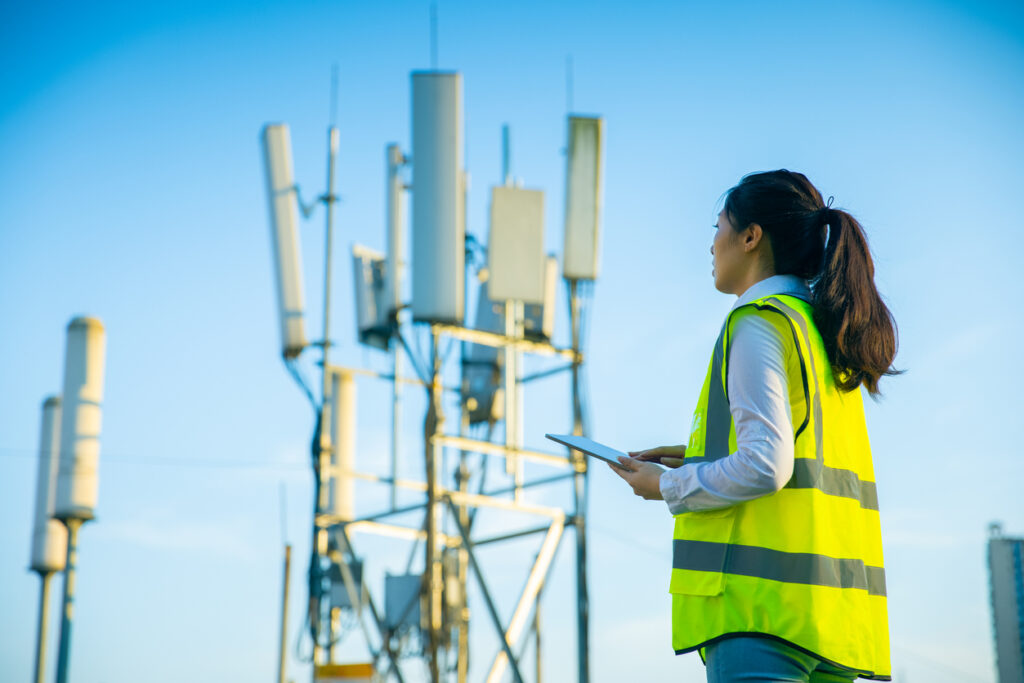
Phase I ESA
There are many reasons you may require a Phase I Environmental Site Assessment. The good news is that we have helped thousands of clients through just about every scenario.
Phase I Environmental Site Assessment (ESA)
A Phase I Environmental Site Assessment (ESA) is an assessment of a property aimed at identifying potential or existing environmental contamination liabilities. It is a critical part of due diligence when purchasing commercial real estate or land for development.
What is a Phase I Environmental Site Assessment?
A Phase I ESA is intended to identify “recognized environmental conditions”—indication of releases of hazardous substances or petroleum products into structures, soil, groundwater or surface water of a property. Its objectives are to:
- Assess the current and past uses of the property for environmental risk
- Determine the likelihood of hazardous releases at the site or migrating to it
- Identify actual or potential contamination that may warrant further investigation
Conducting a Phase I environmental site assessment provides legal liability protection to landowners and buyers under the Comprehensive Environmental Response, Compensation and Liability Act (CERCLA). It allows them to qualify for innocent landowner defenses if contamination is later discovered. It also enables risk management.
Diablo Green performs all Phase I ESAs in accordance with the current American Society for Testing and Materials (ASTM) standard E 1527 and the All Appropriate Inquiries (AAI) final rule.

The Process of a Phase I ESA
Depending on the property, a site assessment involves:
Initial Consultation and Project Planning
The environmental professional consults with the client to understand objectives, tailors the assessment scope accordingly, outlines a schedule and provides a cost estimate. More complex sites require more planning.
Site Visit and Inspection
An environmental scientist will visually inspect the property’s exterior and interior, including storage tanks, chemical storage areas or stressed vegetation that can indicate spills or leaks. For larger sites, inspectors may use infrared cameras and soil vapor sampling equipment. The site visit aims to detect spills, dumping or the use/storage of hazardous materials.
Review of Records
Environmental professionals will review historical documents, topographical maps, and land use records to understand previous ownership and uses of the site that could have led to contamination. This desktop research is combined with the site reconnaissance to make observations about risk.
Interviews
In addition to talking to current property owners or tenants, the consultant may interview neighbors and officials from environmental regulatory agencies about historical property uses and environmental concerns related to the site and surrounding area.
Regulatory Database Review
Federal and state environmental records are reviewed for indications that the property is known to regulatory agencies regarding contamination or permitting issues. Nearby contaminated sites that could impact the property are also identified.
Reporting
Findings from all components of the Phase I environmental site assessment are analyzed and compiled into a detailed report on the property’s environmental risk profile. Recommendations are made for further investigation or assessments, if evidence of likely RECs is uncovered.

Types of Properties That Require a Phase I ESA
Properties that typically warrant a Phase I ESA include:
- Industrial plants, dry cleaners, gas stations or sites with underground tanks
- Older buildings with potential asbestos, lead paint or PCB hazards
- Agricultural land that may have pesticide/chemical residues in soil
- Multi-family housing complexes
- Vacant land slated for commercial/residential development
- Telecommunications site locations
The property history informs the focus and techniques used in the process to identify conditions specific to that site.
Why a Phase I ESA is Critical
Beyond CERCLA liability protection, Phase I environmental site assessment offers:
- Risk management for buyers, sellers and lenders on potential cleanup costs
- Insights that inform negotiations on purchase price and transaction terms if issues are found
- Early identification of hazards before they escalate into more costly problems
As illustrated by case studies, contamination issues can undermine entire deals. Phase I ESA mitigates uncertainty.
Understanding Recognized Environmental Conditions (RECs)
RECs are evidence likely to indicate releases of petroleum/hazardous substances into soil, groundwater or air exceeding regulatory limits. Examples include buried tanks, PCB spills, methane gas odors or suspicious staining. If identified, additional investigation or cleanup may be legally required, impacting site suitability. Uncovering RECs early is key.
Beyond Phase I ESA: What Next?
If a Phase I ESA uncovers issues needing further evaluation, a Phase II ESA involving physical sampling/testing is typically recommended, along with compliance audits. Based on those results, various levels of remediation may be required before site development can proceed. It pays to thoroughly assess.

Choosing the Right Environmental Professional
Important credentials to look for include:
- Professional License
- ASTM Phase I ESA Certification
- Specialization in the focus area needed: Manufactured Gas Plants, Dry Cleaners, USTs, etc.
Additionally, experienced firms like Diablo Green understand how to scope assessments appropriately based on unique site parameters.
Common Phase I Services from Diablo Green
- A Phase 1 ESA report compliant with ASTM E 1527 Standard and the US EPA All Appropriate Inquiries regulations
- High-quality electronic (pdf) report delivered to you via email through our internal web document service
- A link to download the full report in PDF format
- Qualified personnel to perform site visit, complete regulatory review, and prepare the report documentation
- Dedicated project manager to ensure project quality and schedule
- Standard two to three week turnaround (faster turnaround times available as needed, time frames dependent on availability of local regulatory agency records)
Cost and Timeline
For small commercial sites under 10 acres, Phase I ESAs often range from $3,000-$5,000, while larger industrial sites are $5,000-$10,000. Timeframes typically run 2-3 weeks but can vary significantly depending on factors like:
- Size and complexity of site
- Access to historical records
- Field sampling warranted
Proper budgeting and planning are key when commissioning your Phase I ESA.
Looking for a Phase I ESA Specialist?
Phase I ESAs serve an invaluable role in environmental due diligence for commercial real estate and land development, identifying potential deal-breaking risks early. Protect your interests by partnering with a trusted, experienced environmental consulting firm for clear insights on site conditions. Reach out today to get started.
Frequently Asked Questions About Phase I Environmental Site Assessment
What is the difference between a Transaction Screen and Phase I ESA?
A Transaction Screen Process is a more limited, lower-cost assessment. It does not include a site visit, interviews or regulatory records review. It only involves a visual inspection of the property and surrounding area to identify obvious signs of contamination. A Phase I ESA is more thorough and offers liability protections.
What might prompt a Phase II ESA after a Phase I ESA?
If a Phase I ESA identifies recognized environmental conditions (RECs) like chemical odors, suspicious staining or abandoned underground tanks that could indicate a hazardous materials release occurred, the next prudent step is a Phase II. This involves physical sampling of site soils, groundwater or building materials to test for contamination.
Can I as a property owner conduct a “self-audit” Phase 1 ESA?
Technically you can but doing so would not qualify you for innocent landowner liability protections under CERCLA. To meet regulatory standards for due diligence and enable available defenses, it is wise to have qualified Environmental Professionals perform the assessment.
We recently retrofitted our building. Do we need an updated Phase I ESA?
If building renovations or site work involved disturbing soil, it would be prudent to conduct an updated Phase I environmental site assessment afterward. Interior finish upgrades alone pose less risk but substantial exterior excavations could uncover contamination issues previously buried. An updated Phase I ensures conditions were not impacted.
I’m concerned about asbestos and lead. Does a Phase I ESA include testing?
Phase I environmental site assessment does not typically involve sampling or laboratory testing. However, an experienced Environmental Consultant inspecting structures may note signs of potential asbestos containing materials or lead based paint for follow up assessments. Specific testing like asbestos and lead surveys can be arranged separately.
Ready to learn more about our services? Send us a note and we’ll reach out to you ASAP!